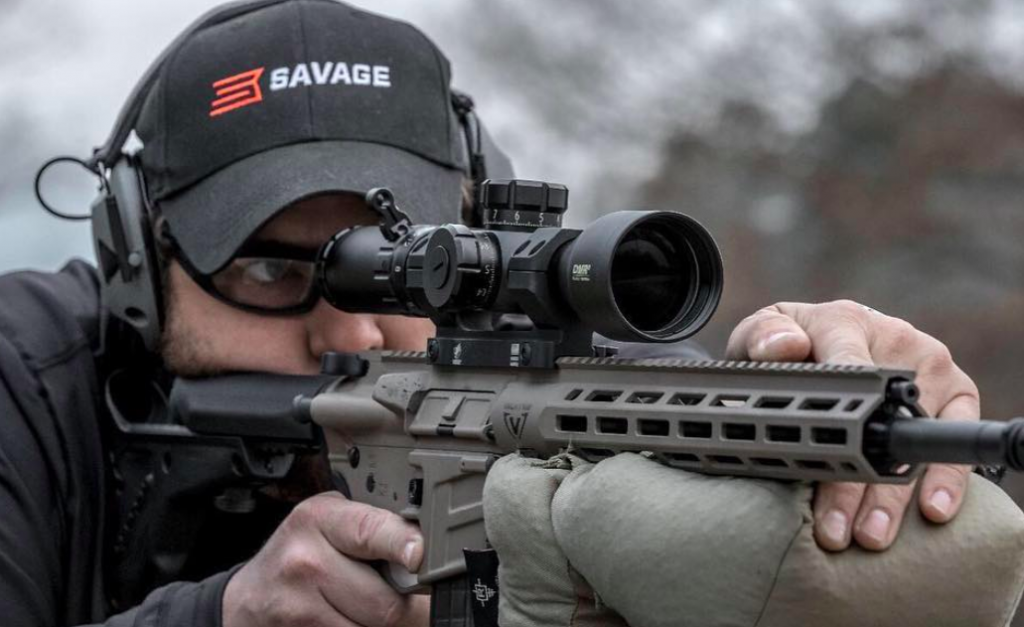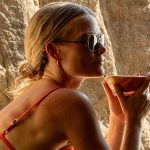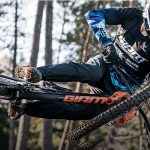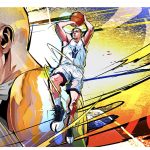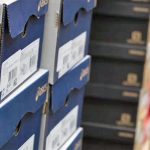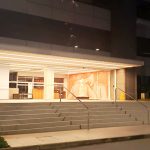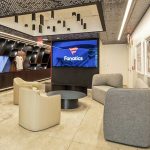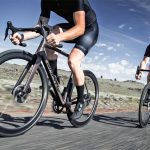On a conference call with analysts, Christopher Metz, Vista Outdoor’s CEO since October, said the company made progress in the third quarter generating cash, reducing inventories and driving down costs, but continued weakness in its Shooting Sports continues to erode earnings.
“We delivered third quarter results that exceeded our expectations while facing continuing market challenges,” said Metz. The company maintained its guidance for the year.
Vista Outdoor’s brands include Federal Premium, CamelBak, Savage Arms, Bushnell, Primos, BLACKHAWK!, Bollé, Bell and Giro.
In the third quarter ended December 31, sales were $581.1 million, down 11.1 percent from the prior-year quarter. The year-over-year decrease was caused by lower sales in its Shooting Sports segment partially offset by modest growth in Outdoor Products segment.
Net earnings on an adjusted basis tumbled 78.8 percent to $7.7 million, or 13 cents a share, from $36.4 million, or 62 cents, in the same period a year ago. Results exceeded Wall Street’s consensus target of 7 cents. Adjusted results exclude the impairment charge in the year-ago period as well as any transaction, transition, contingent consideration, CEO/CFO transition, reorganization, and acquisition claim settlement costs in both periods.
Net earnings were $53.7 million, or 94 cents a share, with the latest period benefiting from a tax benefit due to tax reform. The year-ago period showed a loss of $377.7 million, or $6.44, due to the impairment charge.
Gross profits in the latest period slumped 25.2 percent to $126.1 million and gross margins eroded to 21.7 percent from 25.8 percent.
Operating expenses were slashed to $107 million, compared to $553 million in the prior-year quarter with the year-ago period including the impairment charge. On an adjusted basis, operating expenses would have been $103.2 million against the same $103.2 million in the year-ago period. Cost reduction actions in the current year were offset by the absence of a bonus accrual reversal which occurred in the prior year period.
By segment, third-quarter sales in Outdoor Products was $295 million up slightly compared to the prior-year quarter with increases in its sports protection business partially offset by decreases in its hunting and shooting accessories business.
Gross profit in the third quarter for Outdoor Products was $74 million, an increase of 4 percent from $71 million in the prior-year quarter. This increase was primarily driven by improved pricing and favorable product mix.
Metz said the company is monitoring helmet and goggle inventories with its dealers given the winter weather. He added, “Europe and Eastern United States have had strong snow seasons while much of the Western U.S. continues to struggle.”
In the Shooting Sports segment, sales of $286 million were down 21 percent from $361 million in the prior year quarter as a result of persistent lower demand in the market for ammunition and firearms across most product lanes but primarily centerfire and rimfire ammunition.
Third quarter gross profit in Shooting Sports was $52 million down 47 percent from $98 million in the prior-year quarter. The year-over-year decrease was a result of additional promotional activity, lower volume and unfavorable changes in product mix.
“In the shooting sports business, high channel inventory and a heavy promotional environment have impacted our business since late fiscal 2017,” said Metz. “We’re now beginning to see wholesale channel inventory normalize. Typical downturns in the shooting sports industry usually lasts 12 to 24 months. While we’re not providing full year fiscal year ’19 guidance, we did state in our last earnings call that we anticipate this down cycle which you remember started in December 2017 could last another 12 to 18 months which will put into the back half at fiscal year 2019.”
He added that the company remains “committed to maintaining and gaining market share with innovative, quality products and competitive prices.” But he also said the Shooting Sports segment will use a “more disciplined approach to pricing and discounts as we move forward,” In response to commodity pressures, an ammunition price increase was implemented in the low to mid-single digits in early January. Said Metz, “We took this increase in categories where we believe it will be sustainable and where we believe we will remain highly competitive.”
With continued volatility in commodities, a second price increase across certain ammunition products will take place in April, also in the low to mid-single digits.
Overall, Metz said that “in order to get the company on solid financial footing for the future,” priorities are being placed on profit improvement tied to cost reduction and margin expansion, as well as cash generation.
He noted that during the quarter the company “focused on our organizational structure to reduce costs, drive accountability and ownership into the brands and to provide business centered support.” Positions have been eliminated at both the corporate and brand level as part of the streamlining of functions.
A number of cost-saving initiatives, including looking at selling, marketing and G&A expenses, as well as manufacturing operations and vendor management, have been undertaken.
Cash flow provided by operating activities year to date was $243 million, compared to $58 million in the prior-year period. Year-to-date free cash flow generation was $205 million, compared to free cash flow use of $18 million in the prior-year period.
Metz said the company’s strategic portfolio review is ongoing with a plan to divest businesses that don’t fit inside the company’s portfolio. He added, “The sale process of our Bollé, Cébé and Serengeti brands with our sports protection business is well underway and we’ve received strong interest from potential buyers.”
Metz also noted that bringing innovation to the marketplace remains a priority and pointed to several new launches from Federal Premium, Primos, Bushnell Golf and Giro that have earned attention. Said Metz, “I believe great new products are the lifeblood of the industries where we compete. We are committed to delivering the most sought-after new products enabling them to thrive in the market.”
On the financial side, CFO Stephen Nolan announced he left the company last week. The company has named an interim principal financial officer, a national search firm has been hired, and Metz expects “to fill this position relatively soon.”
Metz also noted that the company repaid $108 million of debt during the quarter and has a current revolver balance of zero. He added, “This has been made possible by the teams determined focus on working capital management specifically the outstanding progress made on inventory reduction and the strong free cash flow generation power of our businesses.”
He added that while the leverage ratio is well below compliance levels, the company has initiated discussions on refinancing its current credit facility using an asset-based loan. Said Metz, “We believe this change will provide us with the additional flexibility to operate in this highly challenging market environment and allow us to drive targeted investments that will position the company for future success.”
Looking ahead, Vista Outdoor said it is raising its free cash flow expectations and lowering its adjusted tax rate due to the tax reform.
Metz added that higher-than-anticipated rebate redemptions, aggressive discounts in certain products to maintain market share, the normal seasonality of its business, and the timing of expenditures “will pressure earnings in the fourth quarter.” But it still maintained its sales and earnings guidance for the fiscal year.
The updated guidance calls for:
- Sales in a range of $2.24 billion to $2.26 billion.
- Tax rate of approximately 55 percent, with an adjusted tax rate of approximately 22 percent.
- EPS in a range of $(1.00) to $(0.90), with adjusted EPS in a range of 50 cents to 60 cents.
- Capital expenditures of approximately $65 million.
- Free cash flow in a range of $175 million to $185 million.
- Interest expense of approximately $50 million.
Previously, guidance for an adjusted tax rate of approximately 25 percent and free cash flow was projected in a range of $155 million and $175 million. Guidance on sales, adjusted EPS, capital expenditures and interest expense remained the same.
“We expect EBITDA margins in the eight percent range for the full year with shooting sports gross margins in the low 20s, and gross margins and outdoor products in the mid-20s. We realized that the path forward is a challenging one, we continue to scrutinize every aspect of our business and while we have made some progress, we have much more to do. This is a marathon not a sprint. We continue to review our operations and brand portfolio for additional improvement opportunities and will provide details on the results of that during our next earnings call. At that time we will provide our fiscal year 2019 outlook.”
Photo courtesy Savage Arms

